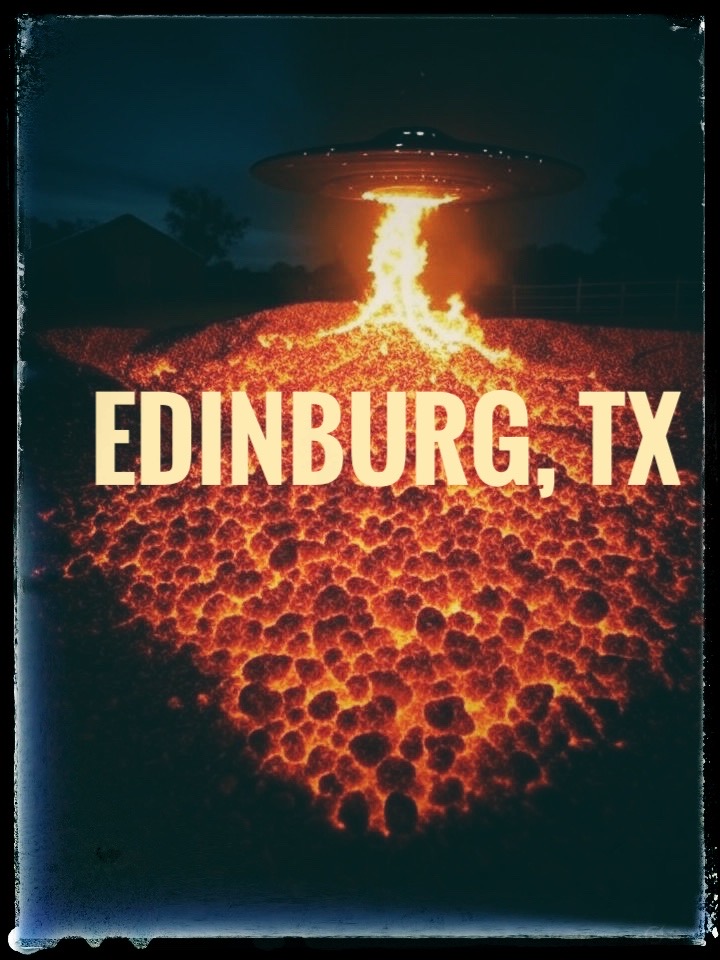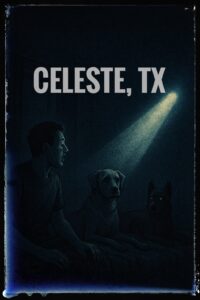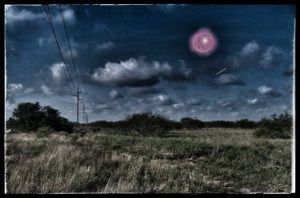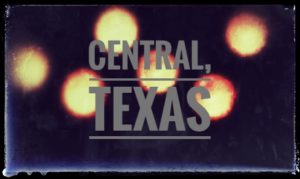

The City of Edinburg has documented a chilling incident in its library archives, and we’re seeking more information to expand the record. If you or someone you know has personal knowledge of this strange event, please contact us to share your story for inclusion in the library’s records.
This eerie tale unfolds on Farm to Market Road 490, about 4 miles west of U.S. Highway 281, just north of Edinburg, Texas. The incident occurred in October or November 1966—exact date unknown—around midnight. Here’s the haunting account, drawn directly from the Edinburg library records.
In late 1966, J. R. “Milo” Ponce, a deputy sheriff with the Hidalgo County Sheriff’s Department, received a midnight call from dispatcher George Rapp. A motorist had reported a group of “disturbed” men frantically waving for help along FM 490 near Laguna Seca Road. The eight men, roughneck workers from North Texas digging a gravel pit, were in a state of panic, shouting and pleading for assistance. The motorist drove them to a nearby truck stop, where they contacted the sheriff’s department.
Joe Ponce, Milo’s son, recalls overhearing his father’s conversation with the dispatcher. “My dad asked if it was a prank, but Rapp insisted the men were genuinely terrified, claiming they’d seen something horrifying and needed help extinguishing a fire.” Milo suited up and sped to the scene.
The incident occurred on a ranch, then owned by Samuel Gonzalez (now deceased) and currently owned by Mary Moya, located about a quarter-mile from the road near massive gravel pits. When Milo arrived, he found the area charred and smoldering. The eight workers—described as “Anglo” and unidentified—shared a story that left deputies stunned. One man was so shaken he had urinated in his pants. After giving statements at the sheriff’s office, the men spent the night there, vowing never to return to the site. The next day, they fled Edinburg, grateful to escape with their lives.
Joe Ponce, though not a witness, heard the story from his father and others over time, each account eerily consistent. The workers described bright lights hovering in the night sky, accompanied by a loud, throbbing hum. On an otherwise still night, sudden gusts of wind whipped through the area. Then, a beam of fire shot down from the sky—possibly from a UFO previously seen in the area—igniting the surrounding land, their vehicles, and their mobile home.
A local resident, known as “Manito,” reported seeing a “cigar-shaped object” hovering over the fields that night. He and others had noticed similar strange lights in the area before, dubbed “La Luz del Llano” (the light in the fields) by Spanish-speaking locals. The workers themselves admitted to seeing odd lights on prior nights, but nothing prepared them for this terrifying encounter.
Firefighters arrived but found the flames had mostly died out. The next morning, Milo and another deputy returned to survey the devastation: a 12’ x 60’ mobile home used as sleeping quarters, several pick-up trucks, a bobtail truck, and an excavating machine—all reduced to charred wreckage. Years later, in 1972, Joe visited the site with his father and noticed an oddly shaped patch where nothing grew, with burn marks scarring the pit walls up to 25-30 feet high.
Adding to the mystery, Sheriff E. E. Vickers (in office from 1955 to 1969) reportedly received a visit from two men in military uniforms requesting the incident report. Vickers speculated they might be from Moore Air Base, located 6 miles southwest, but the base had closed in 1961. The men’s identity and purpose remain unknown, and the incident was never discussed again. Milo Ponce, who later became a Highway Patrol captain and a three-term county commissioner, rarely spoke of it.
The J. R. “Milo” Ponce Memorial Park, located 8 miles east on Highway 2812 in the Hargill area, honors his legacy. But the mystery of that fiery night on FM 490 lingers. Was it a UFO? A secret military test? Or something else entirely? If you have any information about this incident, please reach out to help us uncover the truth and preserve this chilling piece of Texas history.




